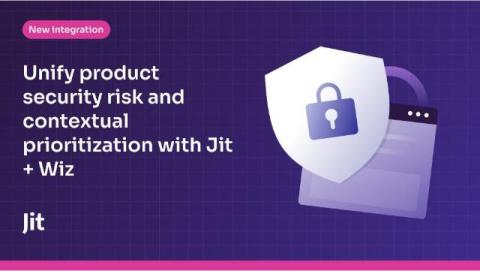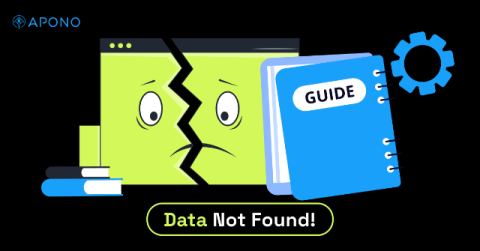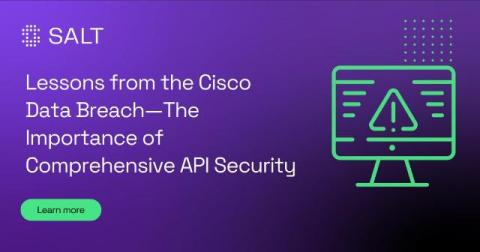The effectiveness of AiSDR: fast response, high conversion and customer engagement
Today's businesses strive to continuously improve customer interactions to achieve higher conversion rates, faster response times, and expand their customer base. One of the leaders in applying artificial intelligence to sales and marketing is AiSDR. Their solutions automate key business processes, dramatically speeding up response times, improving sales efficiency, and reaching wider audiences. In this text, let's look at exactly how these factors impact the success of companies utilizing AiSDR solutions..











